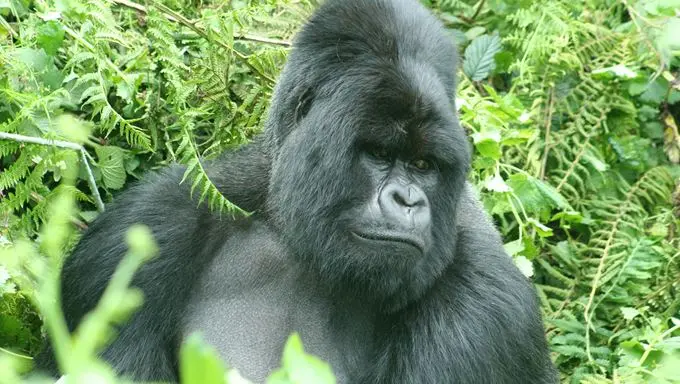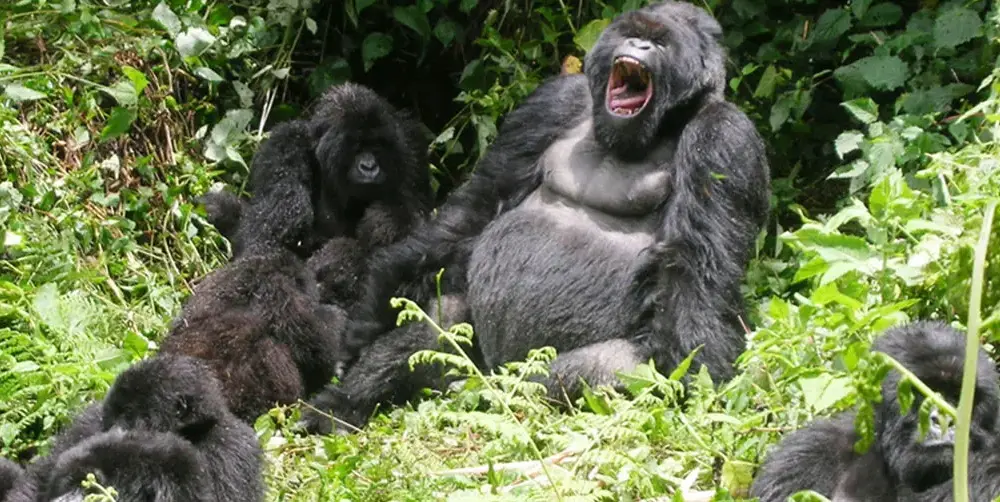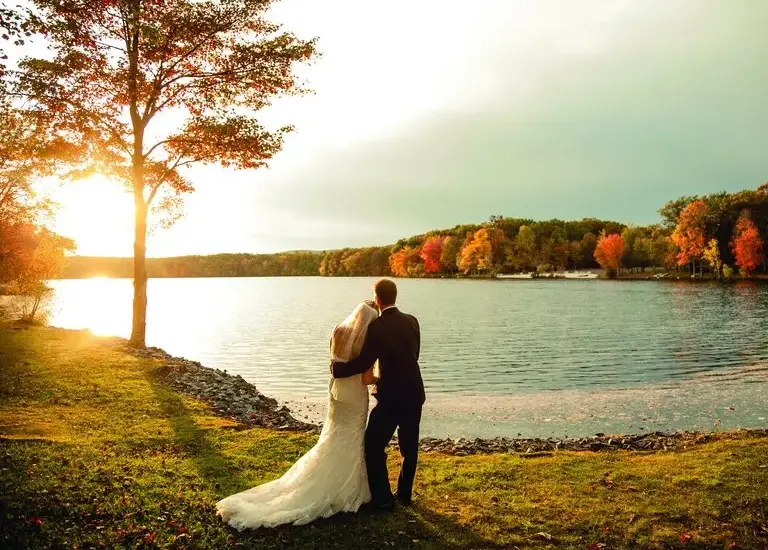Gorilla Trekking -Virunga National Park - Congo These gentle giants do reside in the Virunga…
Five Simple Tips to Improve Your Safari Photographs
Five Simple Tips to Improve Your Safari Photographs | Wildlife Photography | Safari Photography | Travel Photography
Going on safari in Africa is an unforgettable event, and epic safari photography ensures that you can share the great experience with family and friends. In fact, taking images while on safari is one of the finest ways to share your experience with those you care about. As a result, you’ll want to be sure you’re capable of taking the greatest photos possible.

“Using these hints, I can guarantee you that you will be fortunate to snap some wonderful photographs that you will treasure for a lifetime”
Safari Photography 101: Choosing the Best Camera Equipment
Making sure you have the proper camera equipment with you is one of the simplest ways to improve your safari images. While on safari, you will spend a significant amount of time in a vehicle and photographing wildlife outside the vehicle. This makes safari photography quite distinct from other sorts of photography that you could capture.
Having the proper equipment will make you more comfortable, protect your camera, and help you to take more attractive images. If you want to learn more about the sorts of photographic equipment I recommend carrying on safari, check out my Safari photographic Guide.
With a fast shutter speed, use Shutter Priority.
This is a really crucial phase. Unless you intend to photograph a fixed object, such as a landscape, you must ensure that your camera is set to “Shutter Priority” mode. If your camera does not have a Shutter Priority mode, make sure it is set to “Action Shot” or the equivalent for your camera. This allows you to release the movements of the animals you’re capturing. If you do not change this option, your photographs will be fuzzy.
When your camera is set to Shutter Priority mode, you may choose the shutter speed to use. The camera then determines which aperture to use to achieve the optimal exposure. If you’re not acquainted with the terms shutter speed and aperture, check out my post on photographing in low light.
Essentially, you may freeze the motion of the creatures you’re shooting by altering how fast your camera captures the picture (the shutter speed). Depending on the species and what they are doing, you will need to change the shutter speed to acquire the photo.
For example, if I am photographing a buffalo that is standing motionless and grazing, I may safely use a shutter speed of 1/50 to 1/320 of a second and avoid motion blur. If I’m photographing a cheetah in motion, I’ll need to use a significantly quicker shutter speed of 1/1000 to 1/1250 of a second.
For the Best Safari Photography, Follow the Rule of Thirds.
Using the Rule of Thirds is one of the finest techniques for framing your images. This is a terrific general photography tip that is especially handy while capturing animals on safari. Instead of constructing all of your images with the animals in the centre of the frame, consider placing them to the left or right of the centre. By following this guideline, you will be able to frame photos that are far more visually appealing.
In the example below, I took two photos of the same elephant that we saw while on safari in Tanzania’s Lake Manyara National Park. In the image on the left, I placed the elephant in the centre of the frame. On the right, I used the Rule of Thirds and placed the elephant in the right third of the frame. Determine which of the two photos is more aesthetically attractive.
Concentrate on the Eyes
If you only remember one thing from this article, I hope it’s this one! The golden rule of wildlife photography is to always focus on the eyes of the creatures being photographed. Instead of taking a bunch of photos when you spot an animal, wait for it to look your way. Then, make sure you concentrate on their eyes.
By focusing on the animal’s eyes, you give the viewer the impression that the creatures are staring straight at them via the image. This will result in far more intriguing shots than pictures of animals looking away.
This is especially critical when photographing an animal in close-up. This is exactly what I did with this image of a lioness in the Serengeti National Park. It takes practise, but concentrating on the animals’ eyes is the single most effective approach to make your safari photos more memorable.
Always have your camera handy.
My final safari photography tip is to always keep your camera ready when on safari. While on safari, you never know what creatures are around the next bend or what you could see over the next rise. If you don’t have your camera ready, you can miss a once-in-a-lifetime wildlife photography opportunity. I only got this lovely shot of two dik-diks staring at me in the Serengeti because I had my camera ready when we noticed them. They were off and running in a matter of seconds.


